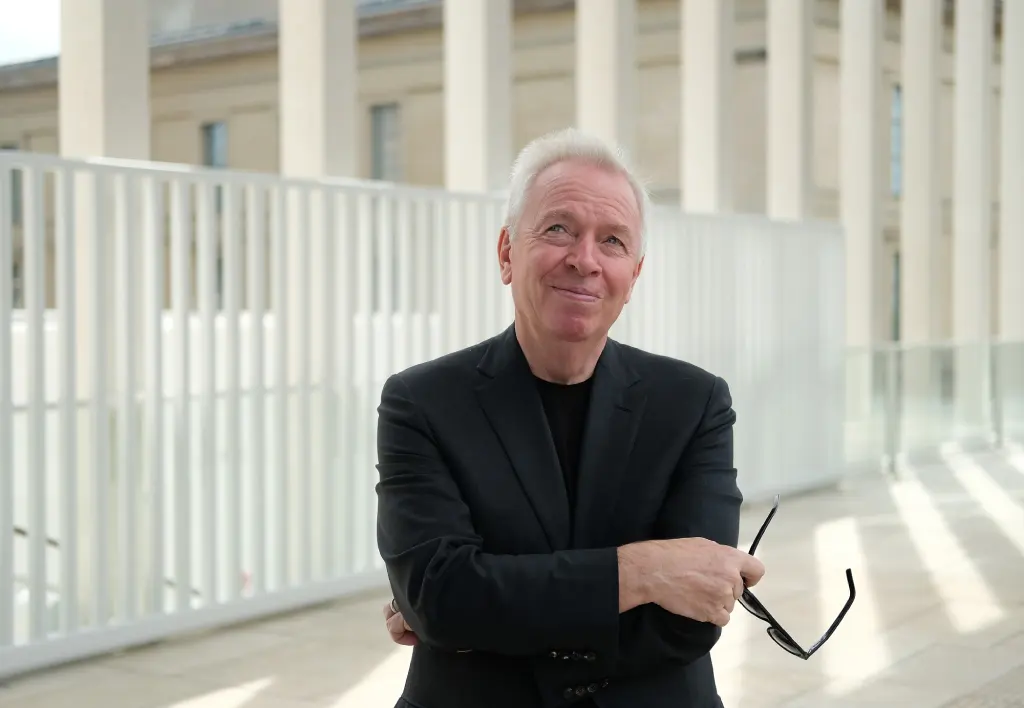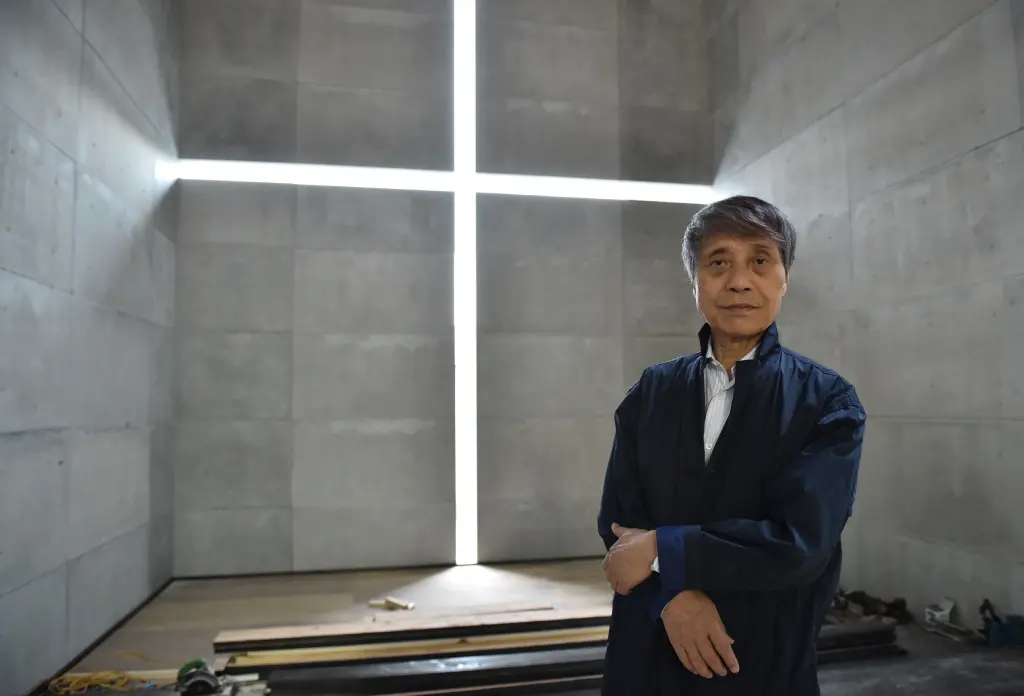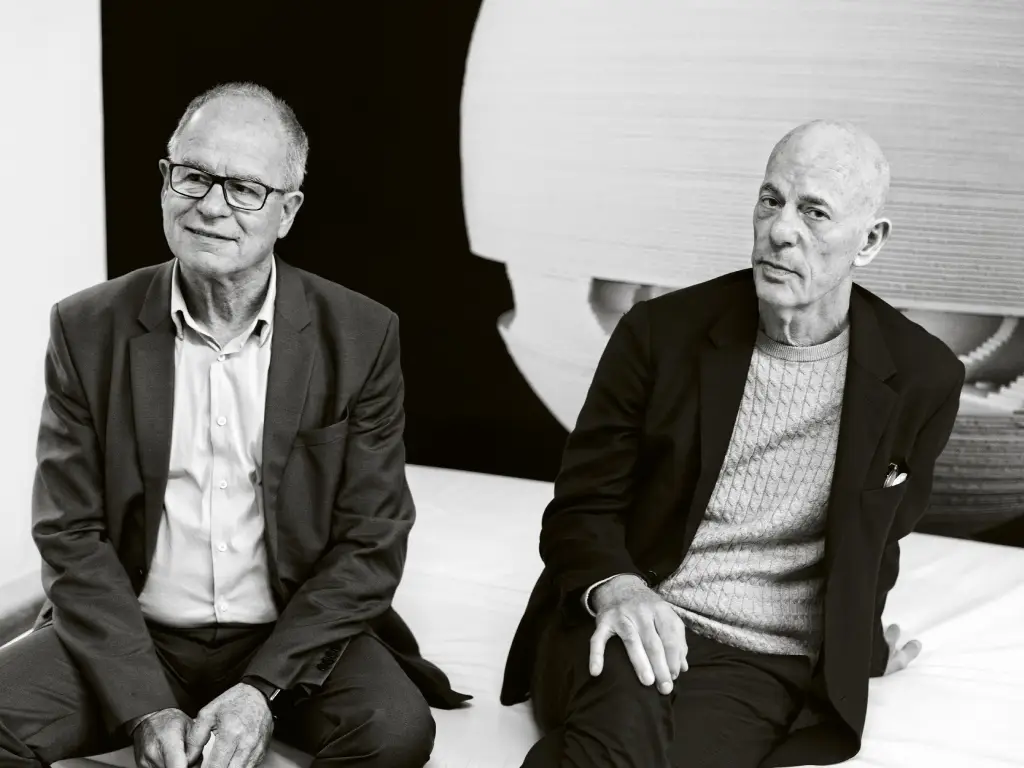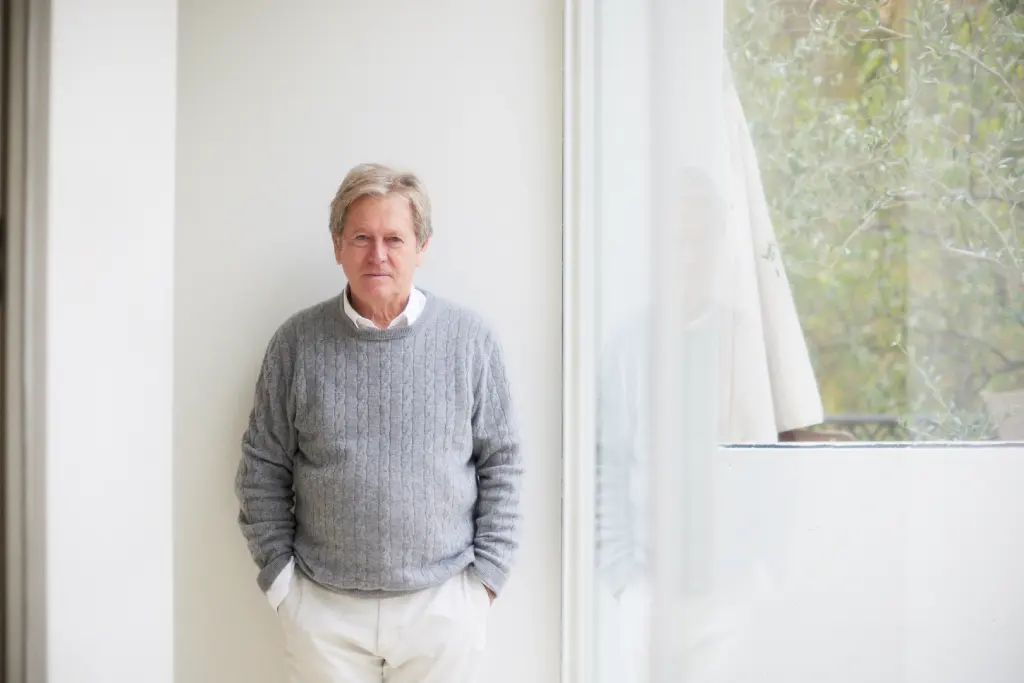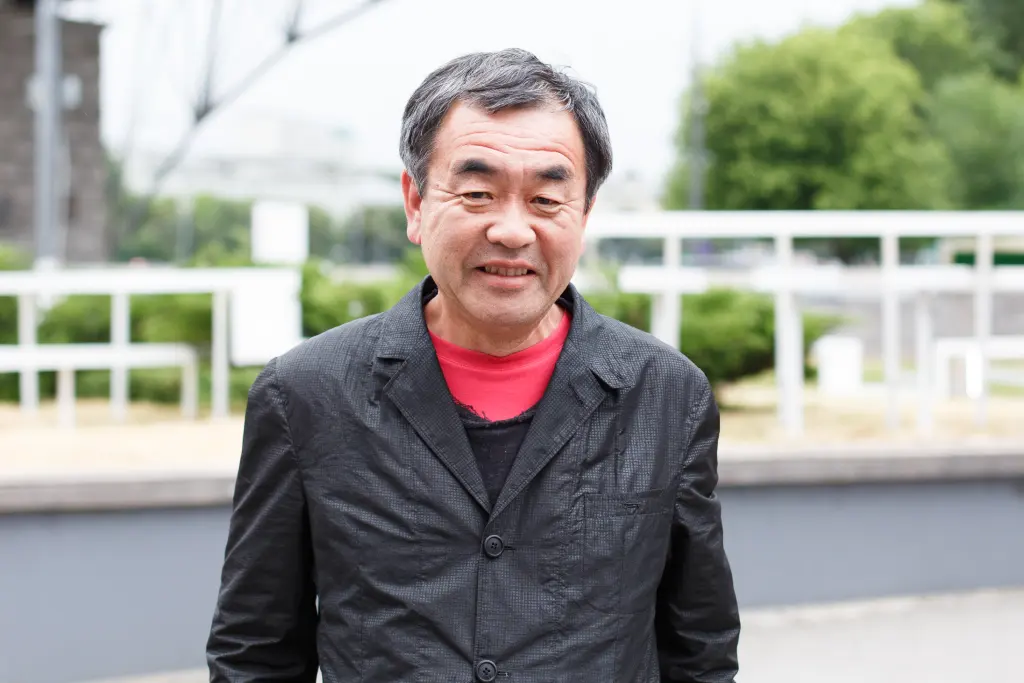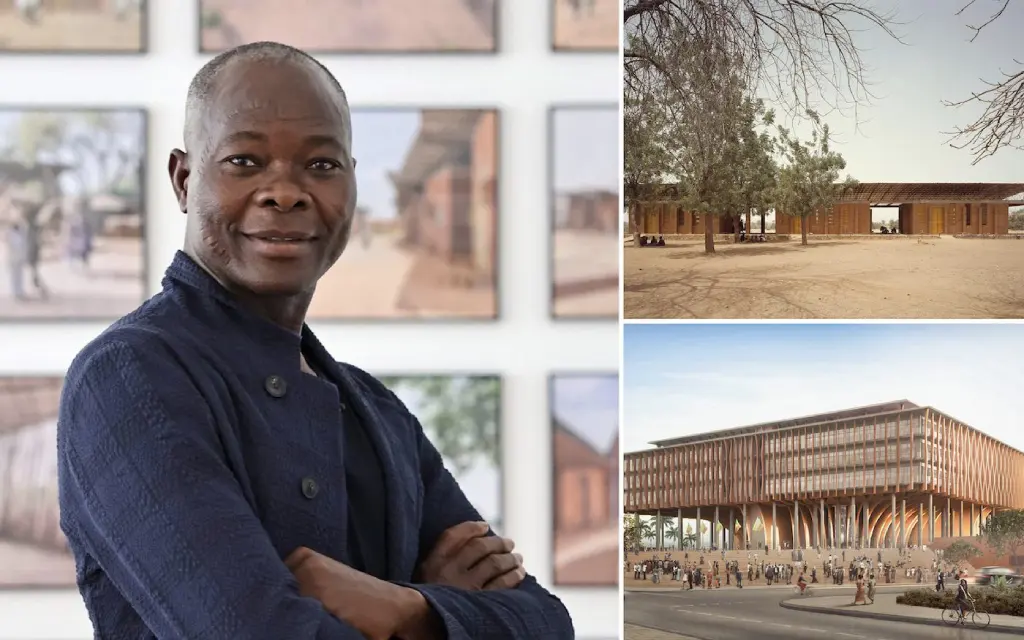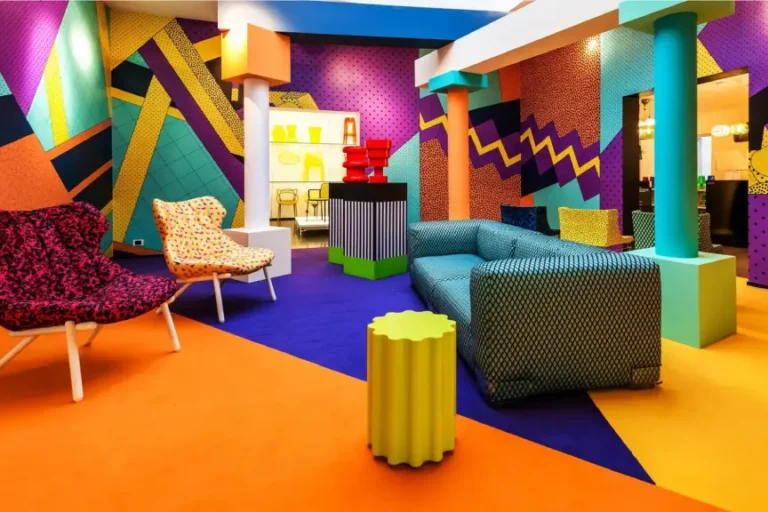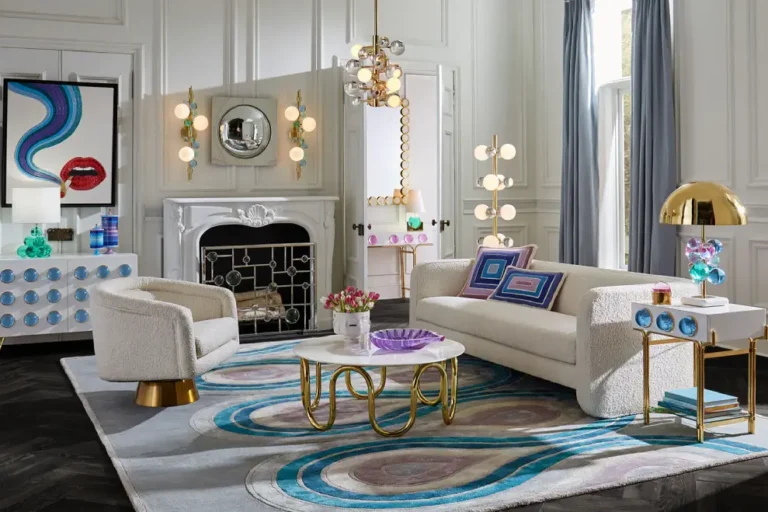Brutalist Architecture
Brutalism is an architectural style that emerged in the 20th century as a reaction to the ornate and decorative architecture that dominated the preceding decades. This architectural movement, often associated with the expressive use of rough concrete and geometric forms, is marked by its bold and stripped-down approach, challenging aesthetic conventions and seeking structural authenticity. The term “brutalism” is derived from the French “béton brut,” meaning “raw concrete,” emphasizing the emphasis on exposing the basic and raw nature of building materials.
The story behind
Brutalism flourished primarily between the 1950s and 1970s, reaching its peak as a response to the social and political needs of the post-war era. Brutalist projects often stand out for their monolithic appearance and the combination of simple geometric elements, creating structures that are both imposing and impactful. This architectural aesthetic is not only visual but also carries a conceptual weight that transcends simple aesthetic appeal.
The prominent use of concrete is a defining feature of Brutalism. This material, known for its durability and strength, is often left in its raw form, without finishes or ornamental embellishments. The rough texture of concrete exposes imperfections and marks from the construction process, providing authenticity and honesty to the structure. This straightforward approach to materiality is one of the elements that distinguishes Brutalism from other architectural styles.
Expression of Brutalism
Examining some emblematic works of the Brutalist movement, it is impossible to ignore the National Theatre in London, designed by Sir Denys Lasdun. Opened in 1968, this building is a monumental expression of Brutalism, with its angular forms and distinctive access ramps. The complex displays a unique fusion of function and form, incorporating theaters, galleries, and public spaces into a cohesive architectural structure.
Another notable example is the Boston University Library Building, designed by Walter Netsch of the firm Skidmore, Owings & Merrill. Built between 1963 and 1972, this building is a classical representation of American Brutalism, characterized by its textured concrete façade and complex geometric forms. The Boston Library exemplifies the functionality and striking aesthetics of Brutalism, serving as a beacon of the bold architectural vision of the time.
Beyond aesthetics, Brutalism often reflects a social and political philosophy. During the 1950s and 1960s, many Brutalist architects were committed to the idea of creating accessible and functional public spaces for the rapidly expanding society. The structures were conceived as instruments for improving the urban environment, providing housing, education, and culture in a manner that was both grand and inclusive.
However, despite its significant contribution to modern architecture, Brutalism has also faced considerable criticism. Some critiques stem from the austere and sometimes impersonal appearance of Brutalist structures. The lack of ornamentation and the emphasis on functionality often resulted in buildings perceived as cold and inhumane. Additionally, the durability of concrete was often challenged by prolonged exposure to the elements, leading to degradation issues over time.
At the turn of the 21st century, many Brutalist structures faced demolition threats due to a lack of public appreciation and the need for modernization. However, there has been a resurgence of interest and appreciation for Brutalism as part of architectural heritage. Architects, historians, and design enthusiasts have advocated for the preservation of these structures as important witnesses to a specific era in architectural history.
Today, Brutalism continues to inspire architects and designers, not just as a historical style but as a source of inspiration for contemporary approaches. The honest use of materials, emphasis on functionality, and the pursuit of authentic expression of structural form still resonate in contemporary architecture. Brutalism, far from being relegated to the past, remains a lasting reminder of architecture’s ability to shape and reflect the aspirations of an ever-evolving society.
While the Brutalist movement reached its peak in the 1950s to 1970s, its influence continues to be felt in contemporary architecture and design. Many current designers incorporate brutalist elements into their work, giving a contemporary twist to this robust aesthetic. Here are some contemporary designers who have shown a Brutalist influence in their creations:
David Chipperfield:
Renowned British architect David Chipperfield is known for his projects that often incorporate a minimalist and functional aesthetic, reflecting influences from Brutalism.
Peter Zumthor:
Swiss architect Peter Zumthor is famous for his commitment to material authenticity and simplicity. His projects often exhibit an austere aesthetic that evokes elements of Brutalism.
Tadao Ando:
Japanese architect Tadao Ando is known for his masterful use of concrete and creating spaces that incorporate a meditative serenity. His approach to materiality parallels Brutalist principles.
Herzog & de Meuron:
The Swiss architecture firm Herzog & de Meuron is recognized for its stylistic diversity, but some of their projects, such as the Tate Modern in London, show Brutalist influences in terms of materiality and form.
OMA (Office for Metropolitan Architecture) – Rem Koolhaas:
Rem Koolhaas, founder of OMA, is an architect and theorist who occasionally incorporates Brutalist elements into his creations. His projects often challenge conventions and seek a bold approach to form and function.
Alvaro Siza Vieira:
Portuguese architect Alvaro Siza Vieira is known for his modern architecture, and in some of his projects, Brutalist elements, such as expressive use of concrete, can be identified.
John Pawson:
British designer John Pawson is known for his minimalist approach and focus on simplicity. His projects often share affinities with the Brutalist aesthetic.
Kengo Kuma:
Japanese architect Kengo Kuma has a unique approach to using natural materials, but in some of his projects, such as the V&A Dundee in Scotland, Brutalist influences can be observed.
Bjarke Ingels Group (BIG):
BIG, led by Bjarke Ingels, is a Danish architecture firm that, in some projects, boldly and innovatively incorporates Brutalist elements.
Diébédo Francis Kéré:
Burkinabe architect Diébédo Francis Kéré is known for projects that incorporate local materials and sustainable techniques, but some of his works also exhibit a Brutalist simplicity.
